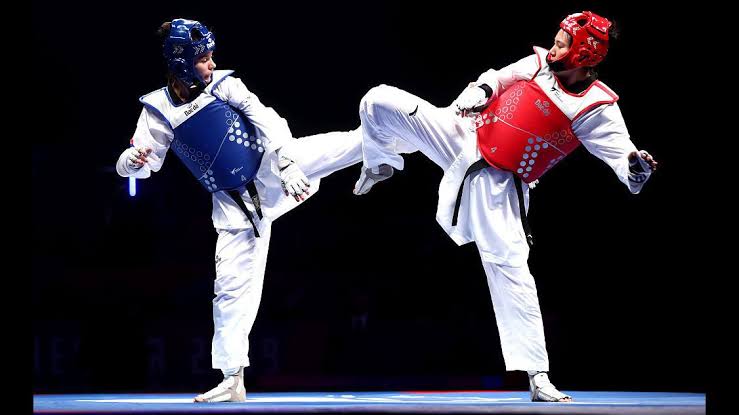Martial arts combine self-control, physical power, and cultural background in a way that no other hobby does, so many people are fascinated with it. Learning about the top 10 most well-known martial arts will allow you to closely examine active techniques altering the mind as much as the body. From the forceful kicks of Taekwondo to the smooth wrestling of Brazilian Jiu-Jitsu, those seeking self-protection, get in shape, or develop spiritually find appeal in various forms of martial arts. Within the field of martial arts, Karate and Judo are considered as classics. Karate is renowned for its fast strikes; judo emphasises throws and control. Kung Fu and Muay Thai are popular among people because of its strong nature and long background.
Aikido emphasises rerouting and peace; Krav Maga was developed for actual warfare. Two martial arts that can help one accomplish diverse objectives are these ones. At last among the list are kickboxing and wrestling. Both of these sports combine actual strategies with physical ability. Different martial arts are popular all throughout the world since their histories, ideas, and approaches of instruction differ. Whether your goals are competition, personal development, or knowledge of various cultures, learning these martial arts requires a great dedication. This book dissectes them into their background, techniques, and appeal so that readers—new and seasoned practitioners alike—have knowledge to apply. It promises a vibrant look at the reasons for the popularity and relevance of different fighting forms worldwide.
Top Ten Most Popular Martial Arts
10. Wrestling
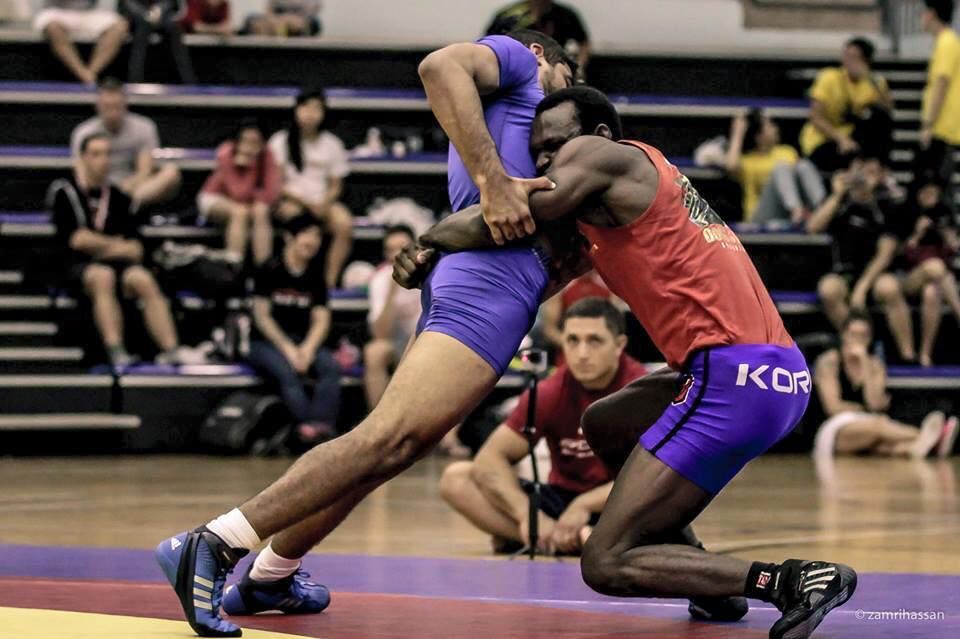
Wrestling stands as one of humanity’s oldest combat sports, with roots stretching back to ancient Egypt and Greece, where tomb paintings and Olympic records from 708 BCE depict grappling contests. This martial art focuses on takedowns, pins, and joint locks, emphasizing raw strength, agility, and strategic thinking. Styles like freestyle, Greco-Roman, and folkstyle vary in rules but share a core focus on controlling opponents without striking. Wrestling’s appeal lies in its simplicity and effectiveness, making it a cornerstone of mixed martial arts (MMA) and school sports programs worldwide.
Its rigorous training builds discipline and resilience, attracting athletes seeking both competitive edge and personal growth. Globally, millions practice wrestling, particularly in regions like the United States and Russia, where it thrives in amateur and professional arenas. The art’s universal techniques and accessibility ensure its enduring popularity, offering a foundation for self-defense and athletic development that resonates across cultures and generations.
9. Kickboxing
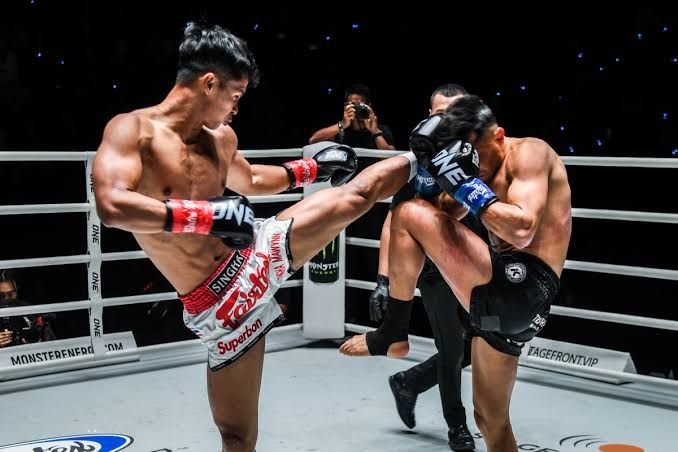
Kickboxing blends the precision of boxing with dynamic kicks from martial arts like Karate and Muay Thai, emerging in the mid-20th century as a high-energy combat sport. It features punches, leg kicks, and knee strikes, with variations like American kickboxing and full-contact styles adding intensity. Known for its cardiovascular benefits and full-body workouts, kickboxing draws fitness enthusiasts and competitive fighters alike.
Its origins trace to post-World War II Japan and the United States, where it evolved into a global phenomenon through televised tournaments. Training emphasizes speed, power, and endurance, making it ideal for those seeking self-defense skills or a challenging fitness routine. Kickboxing’s accessibility, with classes offered in gyms worldwide, fuels its widespread appeal. Its fast-paced nature and practical techniques ensure it remains a favorite for those looking to enhance physical fitness while mastering striking-based combat, captivating audiences through its blend of athleticism and martial arts tradition.
8. Krav Maga
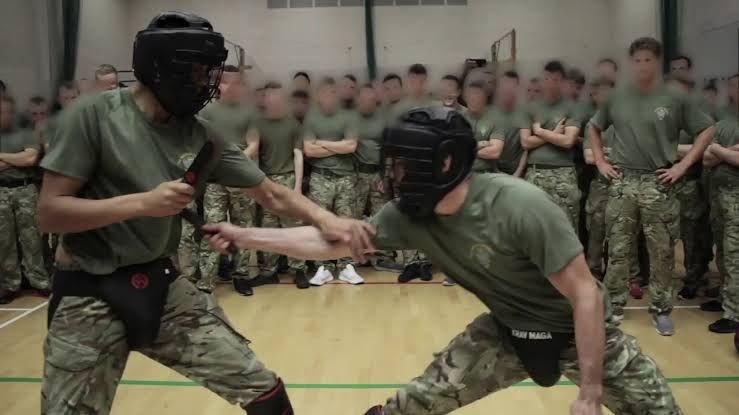
Krav Maga, meaning “contact combat” in Hebrew, is a practical self-defense system developed in Israel by Imi Lichtenfeld in the 1930s. Designed for real-world scenarios, it draws from Judo, Boxing, and Aikido, focusing on efficient techniques to neutralize threats quickly. Practitioners learn to counter attacks with strikes, grappling, and weapon disarming, prioritizing survival in high-stress situations. Its military roots make it a staple for law enforcement and civilian self-defense training, with a growing global following.
Krav Maga’s no-nonsense approach appeals to those seeking real-world applicability over traditional forms, emphasizing instinctual responses and adaptability. Training is intense, simulating real-life encounters to build confidence and resilience. Its accessibility to all skill levels and focus on practical combat skills drive its popularity, particularly in urban areas where self-defense is a priority. Krav Maga’s emphasis on empowerment and safety ensures its place as a go-to martial art for modern practitioners.
7. Aikido

Aikido, founded by Morihei Ueshiba in early 20th-century Japan, is a martial art rooted in harmony and non-resistance. It uses circular movements, joint locks, and throws to redirect an opponent’s energy, emphasizing minimal force for maximum effect. Unlike aggressive combat styles, Aikido’s philosophy promotes peace and spiritual growth, blending physical techniques with meditative practices.
Its training fosters discipline, balance, and mental clarity, appealing to those seeking personal development alongside self-defense skills. Aikido’s global reach spans dojos in Europe, Asia, and the Americas, with millions drawn to its unique blend of philosophy and technique. Practitioners value its focus on neutralizing conflict without causing harm, making it ideal for those interested in martial arts as a holistic practice. Its graceful movements and cultural depth ensure Aikido remains a respected discipline, captivating those who seek both inner peace and physical mastery through martial arts training.
6. Muay Thai
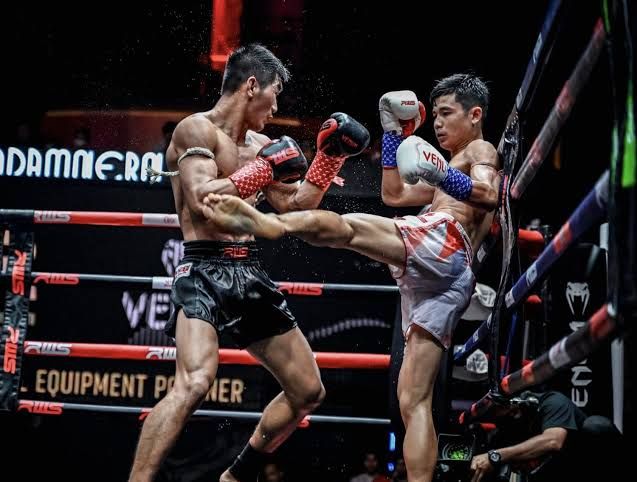
Muay Thai, Thailand’s “art of eight limbs,” is a striking martial art that uses fists, elbows, knees, and shins for devastating attacks. With origins tracing back centuries to battlefield combat, it evolved into a national sport, complete with cultural rituals like the “wai kru” dance. Its intense training builds strength, endurance, and mental toughness, making it a favorite for competitive fighters and fitness enthusiasts. Muay Thai’s global surge, particularly in MMA, highlights its effectiveness, with gyms worldwide offering classes in its powerful techniques.
The art’s rich heritage, combined with its practical combat applications, draws millions, especially in Asia and increasingly in the West. Training sessions emphasize clinch work, pad drills, and sparring, delivering a full-body workout that appeals to those seeking both self-defense and physical conditioning. Muay Thai’s raw intensity and cultural significance make it a dynamic choice for martial arts practitioners.
5. Kung Fu
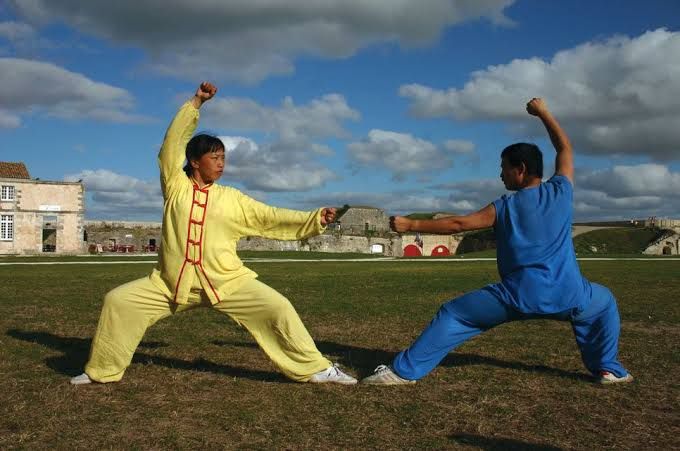
Kung Fu, or Gongfu, encompasses a vast array of Chinese martial arts, each with distinct styles like Shaolin, Wing Chun, and Tai Chi. Rooted in ancient China, it blends physical techniques with Taoist and Buddhist philosophies, focusing on balance, discipline, and inner energy (qi). External styles emphasize powerful strikes and acrobatic forms, while internal styles like Tai Chi prioritize energy flow and mental focus. Kung Fu’s history spans millennia, with the Shaolin Monastery playing a pivotal role since the 5th century.
Its global popularity soared through films featuring stars like Bruce Lee, showcasing its dynamic forms and cultural depth. Training promotes health, flexibility, and mental clarity, appealing to those seeking holistic self-improvement. With millions practicing worldwide, Kung Fu’s diverse styles and philosophical roots make it a cornerstone of martial arts, offering a rich path for both combat training and personal growth.
4. Brazilian Jiu-Jitsu (BJJ)
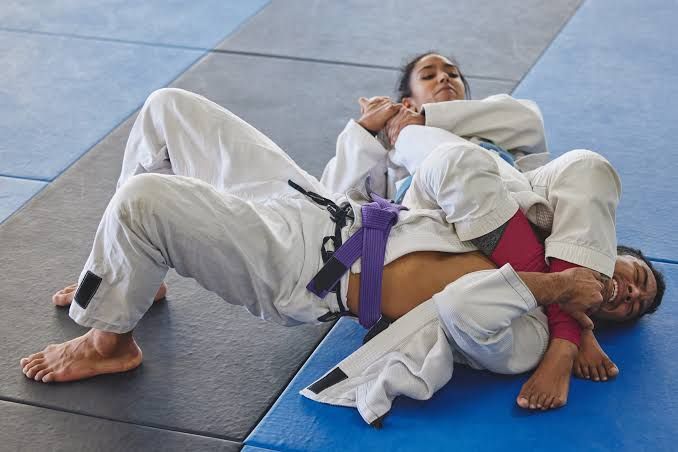
Brazilian Jiu-Jitsu, developed by the Gracie family in the early 20th century, is a grappling martial art that revolutionized combat sports. Evolving from Judo, BJJ focuses on ground fighting, using submissions like chokeholds and joint locks to control opponents. Its core principle—that a smaller person can defeat a larger opponent through leverage—makes it highly effective for self-defense and MMA.
Training involves live sparring (rolling) and a structured belt system, fostering discipline and technical precision. BJJ’s global rise, particularly through its dominance in UFC events, has attracted millions of practitioners, with gyms thriving in Brazil, the United States, and beyond. Its accessibility to all ages and emphasis on strategy over brute strength ensure its appeal, offering a challenging yet rewarding path for those seeking mastery in grappling and martial arts techniques.
3. Judo
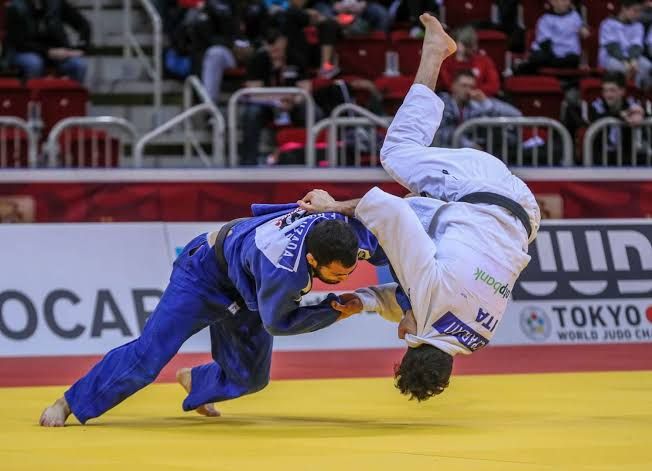
Judo, meaning “gentle way,” was founded by Jigoro Kano in 1882, emphasizing throws, grappling, and pins to subdue opponents using their own force. As an Olympic sport since 1964, Judo has a massive global following, with millions practicing in dojos worldwide. Its philosophy of mutual benefit and maximum efficiency with minimum effort resonates with practitioners seeking both competitive and personal growth.
Training includes techniques like nage-waza (throws) and katame-waza (grappling), promoting physical fitness and mental discipline. Judo’s accessibility, with programs for all ages, and its focus on technique over strength make it a timeless martial art. Its competitive edge and cultural significance, particularly in Japan and Europe, ensure its enduring popularity, drawing those eager to master throws and self-defense skills through structured training.
2. Karate

Karate, originating in 17th-century Okinawa, Japan, is a striking martial art known for punches, kicks, and katas (choreographed forms). Its philosophy, “karate ni sente nashi” (no first attack in karate), underscores its defensive ethos. Developed from indigenous Okinawan fighting and Chinese influences, Karate gained global traction through pioneers like Gichin Funakoshi and media like The Karate Kid.
With millions of practitioners, it’s a staple in dojos worldwide, offering structured belt progression and rigorous training. Karate builds discipline, coordination, and confidence, appealing to those seeking self-defense and personal development. Its competitive forms, like kumite (sparring), and traditional katas ensure a balance of sport and tradition, making Karate a dynamic choice for martial arts enthusiasts across generations and cultures.
1. Taekwondo

Taekwondo, Korea’s “way of the foot and fist,” leads as the most popular martial art, with over 70 million practitioners globally. Developed in the 1940s by General Choi Hong Hi, it blends traditional Korean techniques like Taekkyon with modern sport elements, becoming an Olympic event in 2000. Known for high, fast kicks and dynamic movements, Taekwondo emphasizes agility, precision, and mental fortitude.
Its training includes poomsae (forms), sparring, and board-breaking, fostering discipline and physical fitness. Taekwondo’s global appeal spans competitive arenas and recreational dojos, with strongholds in Korea, the United States, and Europe. Its accessibility, cultural depth, and Olympic status make it a favorite for those seeking athletic challenges and self-defense skills, ensuring its dominance in the martial arts world.

